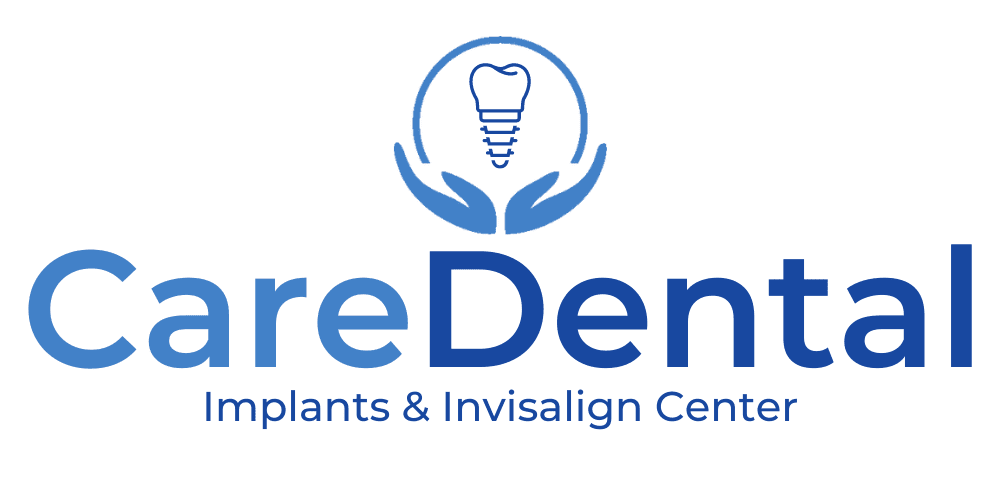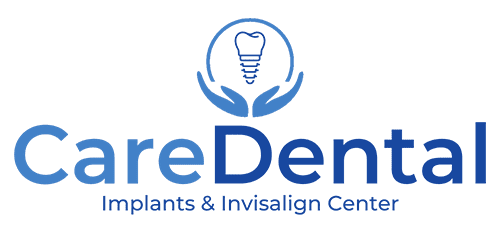Invisalign and traditional braces stand as two prominent choices for correcting misaligned teeth, each offering its unique pros and cons, including aspects like is invisalign better than braces, cost of invisalign vs braces, and the effectiveness in treating crowded or crooked teeth. Deciding between invisalign vs braces involves considering various factors such as cost, comfort, the severity of dental issues, and personal preference, driving the need for a comprehensive analysis to guide your decision. This article aims to dissect Invisalign vs traditional braces, exploring the difference between invisalign and braces, delving into the comparative analysis on aspects like is invisalign faster than braces, are braces cheaper than invisalign, and which is better braces or invisalign, to empower you with informed choices about your dental care.
Understanding Invisalign
Invisalign, a modern solution for correcting misaligned teeth, offers a clear alternative to traditional braces. This system utilizes a series of custom-made, virtually invisible aligners that gradually shift your teeth into the desired position. Here’s a detailed look at what makes Invisalign a preferred choice for many:
Key Features of Invisalign:
- Customization and Comfort: Each aligner is custom-made using a 3D scan of your mouth, ensuring a snug fit. The SmartTrack™ material used in these aligners is trimmed to align with your gum line, enhancing both comfort and aesthetics.
- Invisibility and Aesthetics: One of the most appealing features of Invisalign is its near invisibility, which allows you to straighten your teeth without the self-consciousness often associated with metal braces.
- Removability: Unlike traditional braces, Invisalign aligners can be removed for eating, brushing, and flossing. This feature supports better oral hygiene and allows more freedom in dietary choices.
- Treatment Duration: Generally, Invisalign treatment is quicker, with most cases completed within 6 to 18 months, depending on the complexity of the alignment needed.
- Technological Advancements: Invisalign treatment includes the use of ClinCheck® software, which maps out the path to your smile from the start to finish, allowing for fewer visits to the orthodontist.
Advantages and Considerations:
- Advantages: The aligners are nearly invisible and removable, which contributes to better oral hygiene and less dietary restrictions. They are also typically more comfortable than traditional braces, as there are no brackets or wires.
- Considerations: While Invisalign is suitable for many, it requires discipline; aligners must be worn for at least 22 hours a day. They may not be the best option for more complex orthodontic cases and can be more costly, depending on the specifics of the treatment plan.
Invisalign vs Traditional Braces:
- Aesthetic and Functional Benefits: Invisalign offers a discreet orthodontic treatment option with the added benefit of removability, which is not possible with traditional metal or ceramic braces.
- Cost and Treatment Time: The cost of Invisalign is generally comparable to that of traditional braces, but with a potentially shorter treatment time for most orthodontic diagnoses.
The clear aligner system not only effectively straightens teeth but also provides a level of convenience and aesthetic not typically associated with traditional braces. Whether Invisalign is the right choice for you will depend on your specific orthodontic needs, lifestyle preferences, and budget.
Exploring Traditional Braces
Traditional braces, a long-standing solution for correcting misaligned teeth, offer comprehensive treatment regardless of the complexity of the dental issue. Here’s a detailed look at traditional braces, comparing their features and implications to Invisalign.
Types of Braces
- Metal Braces: Comprising stainless steel brackets and wires, these are the most visible but also the most cost-effective.
- Ceramic Braces: These feature tooth-colored brackets that blend more seamlessly with the teeth, offering a less noticeable option.
- Lingual Braces: Attached to the back of the teeth, lingual braces are virtually invisible from the outside.
- Self-Ligating Braces: These use a built-in mechanism to hold the wire, reducing the need for regular tightening.
Advantages of Traditional Braces
- Effectiveness: Capable of treating severe orthodontic issues that Invisalign might not address.
- Versatility: Available in various types, including less noticeable ceramic and lingual options.
- Cost Efficiency: Generally less expensive than Invisalign, with prices ranging from $2,500 to $6,000.
Challenges with Traditional Braces
- Aesthetics and Comfort: More noticeable than Invisalign and can cause discomfort due to metal wires.
- Dietary Restrictions: Requires avoiding hard and sticky foods to prevent damage to the braces.
- Maintenance: Needs more meticulous cleaning to prevent plaque buildup, which can be challenging.
Treatment Process and Duration
- Traditional braces are typically worn for about 18-24 months, but the duration can extend depending on the severity of the case.
- Regular visits to the orthodontist are necessary for adjustments, usually every 8 to 10 weeks.
Traditional braces have been a reliable method for orthodontic correction for many years, offering a robust solution for a wide range of dental issues. While they may not offer the same level of discretion as Invisalign, their effectiveness and cost-efficiency make them a valuable option for many individuals considering orthodontic treatment.
Comparative Analysis: Invisalign vs Braces
When deciding between Invisalign vs Traditional Braces, several factors must be considered to ensure the most suitable treatment for your needs. Here is a detailed comparison based on key aspects:
Cost and Insurance Coverage
- Braces: Typically range from $1,700 to $6,000.
- Invisalign: Generally costs between $2,400 and $9,000.
- Insurance: Coverage for Invisalign is often available when procedures are performed by a licensed orthodontist, potentially offsetting the higher cost.
Treatment Duration and Effectiveness
- Duration: Both treatments usually require 12 to 24 months, depending on the severity of the case.
- Effectiveness: While both effectively correct a wide range of dental issues, orthodontists often recommend braces for more complex problems.
Lifestyle Considerations
- Oral Hygiene: Both require diligent oral hygiene practices; regular and frequent brushing and flossing are essential.
- Dietary Restrictions: Braces come with dietary restrictions to avoid damaging them, whereas Invisalign allows you to eat without restrictions due to its removability.
Aesthetic and Comfort
- Visibility: Invisalign offers a nearly invisible appearance, appealing to those conscious about the visibility of braces.
- Comfort: Patients typically consider Invisalign aligners more comfortable because they don’t involve metal wires or brackets.
Age and Suitability
- Teens and Adults: Both options are viable for teenagers and adults, but the best choice may depend on the individual’s discipline to wear removable devices like Invisalign for the recommended 22 hours a day.
Consulting with an orthodontist is crucial, as they can provide a personalized evaluation of your teeth and jaw to recommend the most effective treatment. Free consultations are available at some practices to help determine which option—Invisalign or traditional braces—is better suited to your unique circumstances.
Conclusion
Through the analysis of Invisalign vs traditional braces, it becomes evident that the decision between the two orthodontic treatments depends on a myriad of factors ranging from cost to comfort, aesthetic considerations, and the complexity of dental issues at hand. The decision-making journey, enriched by understanding the unique features, advantages, and considerations of both Invisalign and traditional braces, aims to align your orthodontic treatment with your personal health, lifestyle preferences, and aesthetic desires. This comprehensive exploration underscores the importance of making an informed choice that best suits your individual needs and circumstances.
Reflecting on the broader implications, it’s clear that the choice between Invisalign vs traditional braces is not merely about opting for a dental correction method but about choosing a path that best complements your lifestyle, comfort, and aesthetic preferences. For those considering taking this significant step towards a healthier, more confident smile, Care dental online in Quincy, MA, offers personalized consultations to help decide the best treatment option tailored to your unique dental profile. Embracing either of these orthodontic avenues opens the door to not only enhanced dental health but also bolsters self-esteem and overall quality of life, making the choice a transformative journey worth embarking on.


